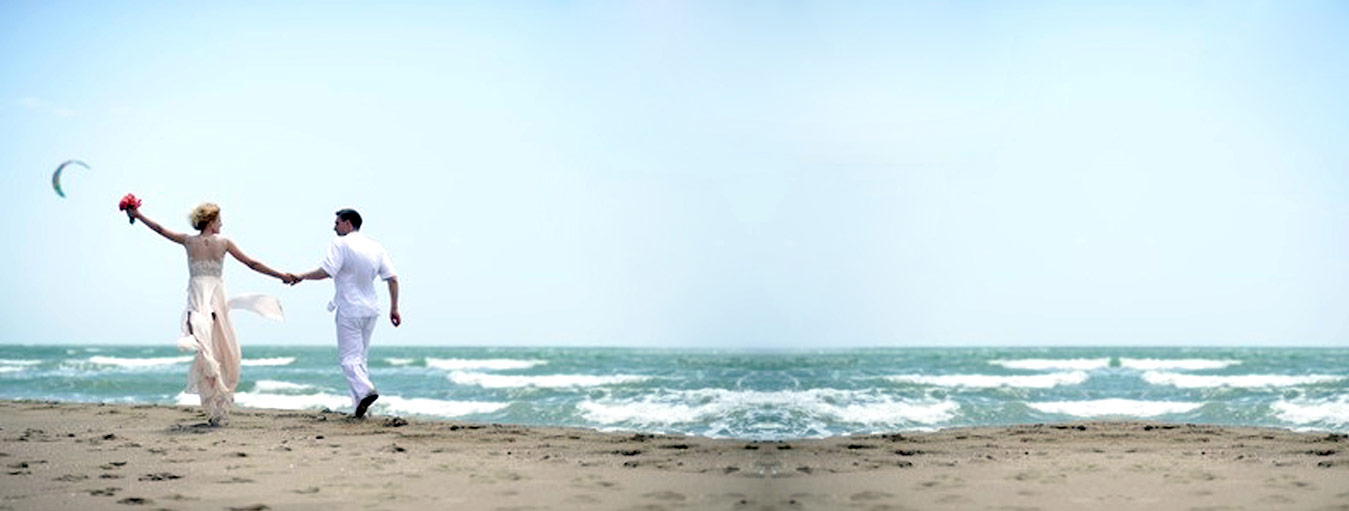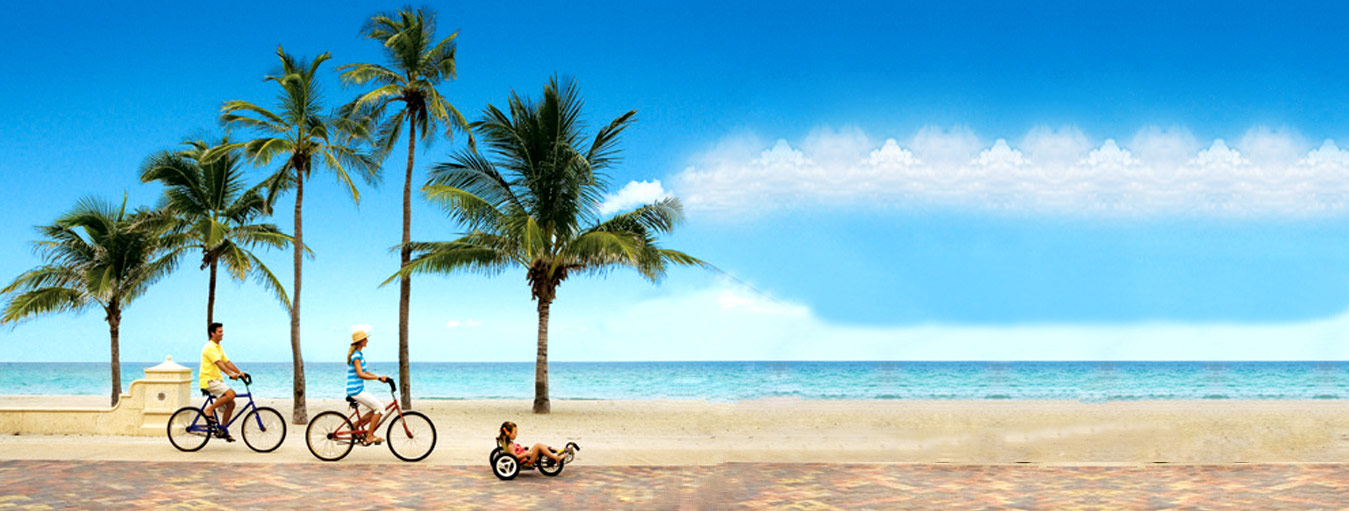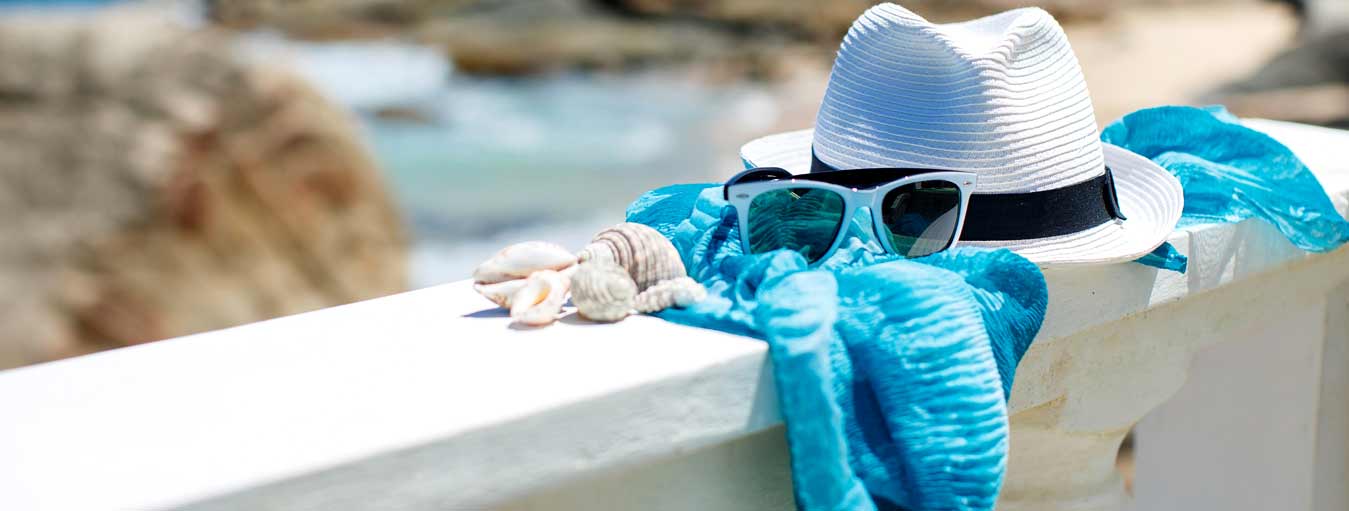Blog
-

Increase of Tinnitus in Teens, Indicates Early Hearing Damage (Considered by some a major public health challenge)
 8 Jun , 2016
8 Jun , 2016
New research into the “ringing in the ears” condition known as tinnitus points to an alarming level of early hearing damage in young people who are exposed to loud music, prompting a warning from leading researchers in the field.
“It’s a growing problem and I think it’s going to get worse,” says Larry Roberts, PhD, of McMaster University’s Department of Psychology, Neuroscience and Behaviour. Roberts is the co-author of a paper published in the June 6, 2016 edition of the journal Scientific Reports. “My personal view is that there is a major public health challenge coming down the road in terms of difficulties with hearing.”
The researchers interviewed and performed extensive hearing testing on a group of 170 students between 11 and 17 years old, learning that almost all of them engage in “risky listening habits,” favoring loud music at parties, clubs and on personal listening devices, and that more than a quarter of them are already experiencing persistent tinnitus, a ringing or buzzing in the ears that more typically affects people over 50.
The researchers report that further testing of the same subjects, all students at the same school in São Paulo, Brazil, showed that even though they could still hear as well as their peers, those experiencing tinnitus were more likely to have a significantly reduced tolerance for loud noise, which is considered a sign of hidden damage to the nerves that are used in processing sound.
Roberts explained that when the auditory nerves are damaged, brain cells increase their sensitivity to their remaining inputs, which can make ordinary sounds seem louder. Increased loudness perception is an indication of nerve injury that cannot necessarily be detected by an audiogram, the standard clinical test for hearing ability. Neuroscience research indicates that such “hidden hearing loss” caused by exposure to loud sounds in the early years deepens over the life span, worsening one’s hearing ability later in life.
“The levels of sound exposure that are quite commonplace in our environment, particularly among youth, appear to be sufficient to produce hidden cochlear injuries,” said Roberts in an announcement from McMasters University, noting that the message is, ‘Protect your ears’.
Roberts worked closely with co-author and researcher Tanit Ganz Sanchez, MD, PhD, and her colleagues at the University of São Paulo School of Medicine. The detailed data they gathered helps create a more complete picture of what’s happening to young people who may not be aware that they may be hurting themselves when they listen to loud music.
It’s common after listening to loud music to experience ringing in the ears for the next day or so, Roberts reported, and more than half the students in the study said it had happened to them. This brief tinnitus is an early warning sign of vulnerability to the damaging effects of noise exposure, according to Roberts. Testing showed that 28% of the study participants had already developed persistent tinnitus. Those 28% of participants also showed heightened sensitivity to loud sounds, indicating that the neurons that transmit sounds to the brain may have been damaged. While some other forms of hearing loss can be repaired, such nerve damage cannot be reversed. The only sure solution is prevention.
Roberts, a veteran researcher and advocate, compares the evolving campaign against loud music to the early years of the campaign against smoking, in the sense that many people have no idea that they are hurting themselves, and if they had the right information, would take steps to prevent injury.
Source: McMaster University, Nature.com, The Journal Of Scientific Reports
Image credit: The Journal Of Scientific Reports





























































































































































































































































































































































































































































































































































































